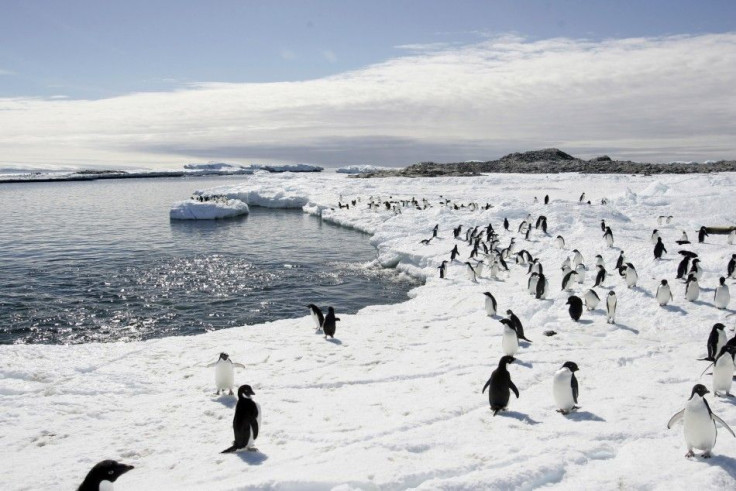Antarctica Was Much Warmer And Wetter To Support Substantial Vegetation Millions Of Years Ago

Millions of years ago, the ice-covered Antarctica was much warmer and wetter than it is today, claimed a recent study. The climate along the edges of the frozen continent was even suitable to support substantial vegetation including stunted trees.
The team of scientists behind the study included researchers from NASA's Jet Propulsion Laboratory in Pasadena, California and Louisiana State University in Baton Rouge, and was lead by Sarah J. Feakins of the University of Southern California in Los Angeles.
Researchers examined plant leaf wax remnants in sediment core samples taken from beneath the Ross Ice Shelf and found that some 15 to 20 million years ago, summer temperatures along the Antarctic coast were 20 degrees Fahrenheit (11 degrees Celsius) warmer than today, with temperatures reaching as high as 45 degrees Fahrenheit (7 degrees Celsius). In addition, participation levels were also found to be several times higher than today.
The ultimate goal of the study was to better understand what the future of climate change may look like, said Feakins, an assistant professor of Earth sciences at the USC Dornsife College of Letters, Arts and Sciences. This record shows us how much warmer and wetter it can get around the Antarctic ice sheet as the climate system heats up.
Scientists began to suspect that high-latitude temperatures during the middle Miocene epoch were warmer than previously believed when co-author Sophie Warny, assistant professor at the Louisiana State University, discovered large quantities of pollen and algae in sediment cores taken around Antarctica. Fossils of plant life in Antarctica are difficult to come by because the movement of the massive ice sheets covering the landmass grinds and scrapes away the evidence.
Tipped off by the tiny pollen samples, Feakins opted to look at the remnants of leaf wax taken from sediment cores for clues. Leaf wax acts as a record of climate change by documenting the hydrogen isotope ratios of the water the plant took up while it was alive.
Ice cores can only go back about one million years, Feakins said. Sediment cores allow us to go into 'deep time.'
Based upon a model, originally developed to analyze hydrogen isotope ratios in atmospheric water vapor data from NASA's Aura spacecraft, co-author and Jet Propulsion Laboratory (JPL) scientist Jung-Eun Lee created experiments to find out how much warmer and wetter the climate may have been.
When the planet heats up, the biggest changes are seen toward the poles, Lee said. The southward movement of rain bands associated with a warmer climate in the high-latitude southern hemisphere made the margins of Antarctica less like a polar desert, and more like present-day Iceland.
The peak of this Antarctic greening occurred during the middle Miocene period, between 16.4 and 15.7 million years ago. This was well after the age of the dinosaurs, which became extinct 64 million years ago. During the Miocene epoch, mostly modern-looking animals roamed Earth, such as three-toed horses, deer, camel and various species of apes. Modern humans did not appear until 200,000 years ago.
Warm conditions during the middle Miocene are thought to be associated with carbon dioxide levels of around 400 to 600 parts per million (ppm). The carbon dioxide levels in 2012 are 393 ppm, the highest they've been in the past several million years. At the current rate of increase, atmospheric carbon dioxide levels are on track to reach middle Miocene levels by the end of this century.
While scientists don't know precisely why carbon dioxide was at these levels during the middle Miocene, high carbon dioxide, together with the global warmth documented from many parts of the world and now also from the Antarctic region, appear to coincide during this period in Earth's history.
The research, published online June 17 in Nature Geoscience, was funded by the U.S. National Science Foundation with additional support from NASA.
© Copyright IBTimes 2024. All rights reserved.






















